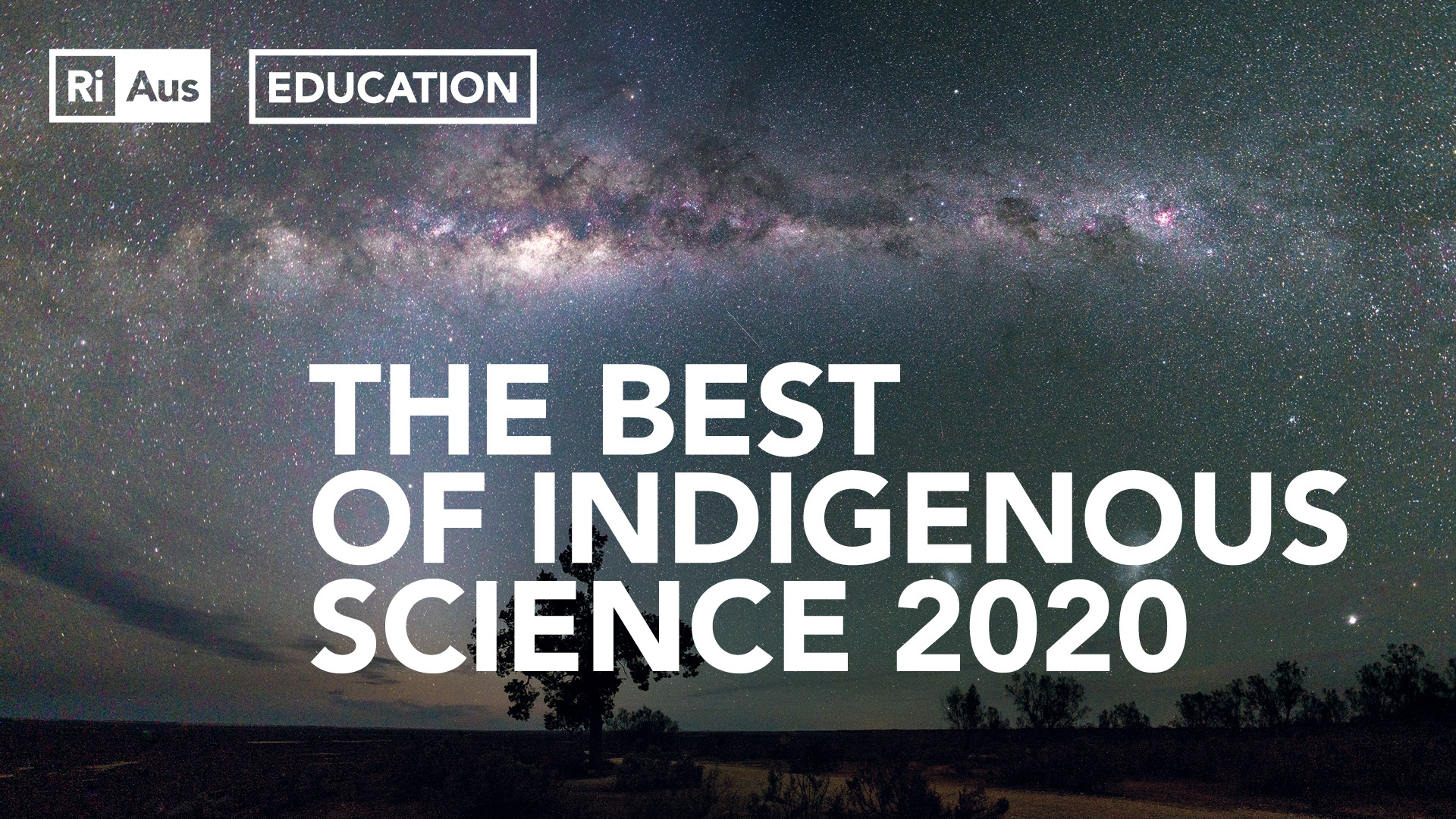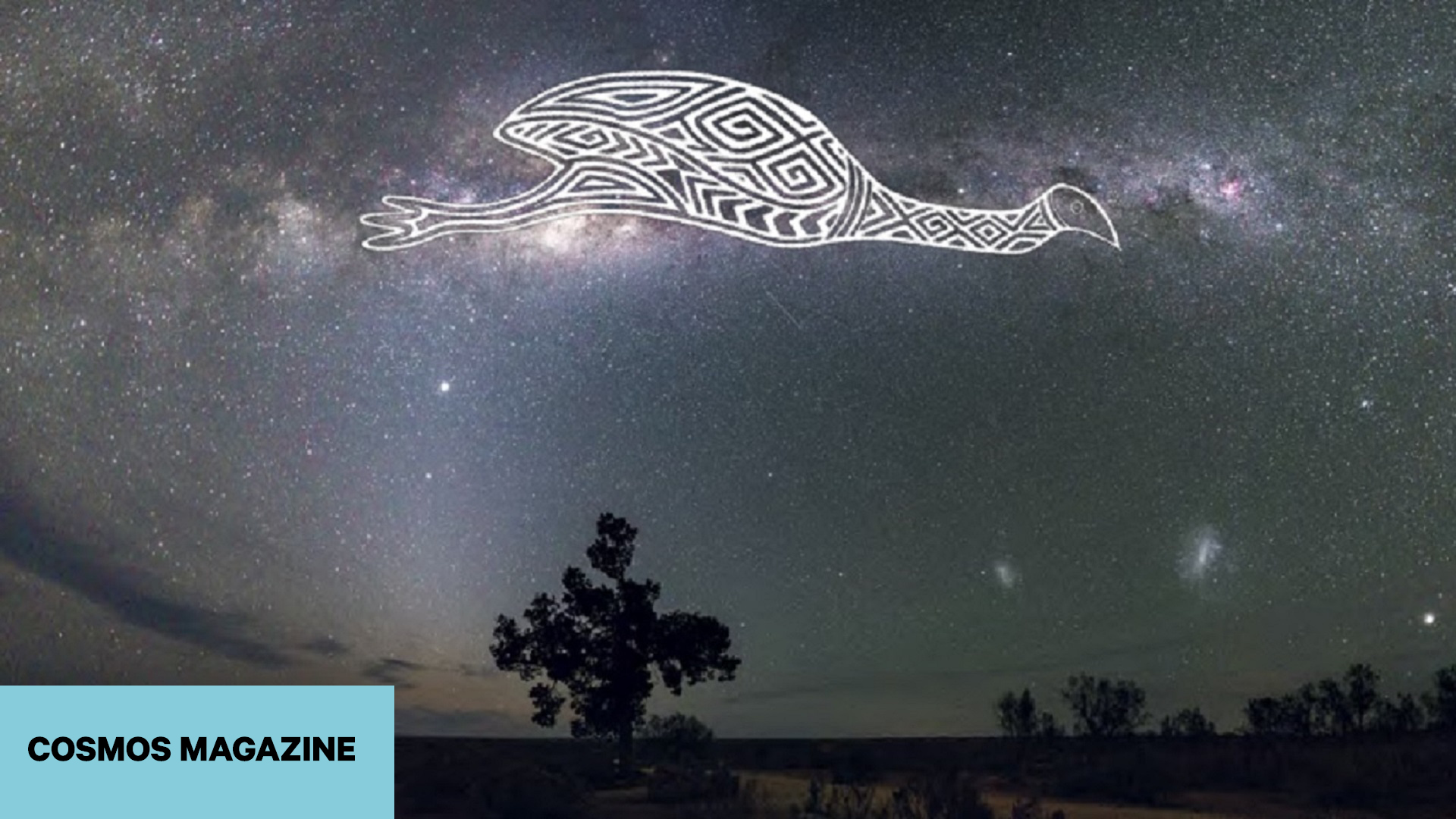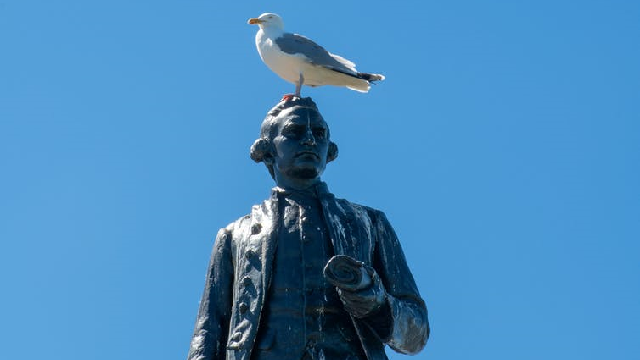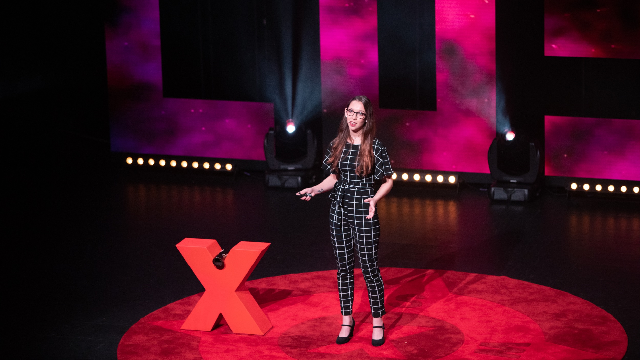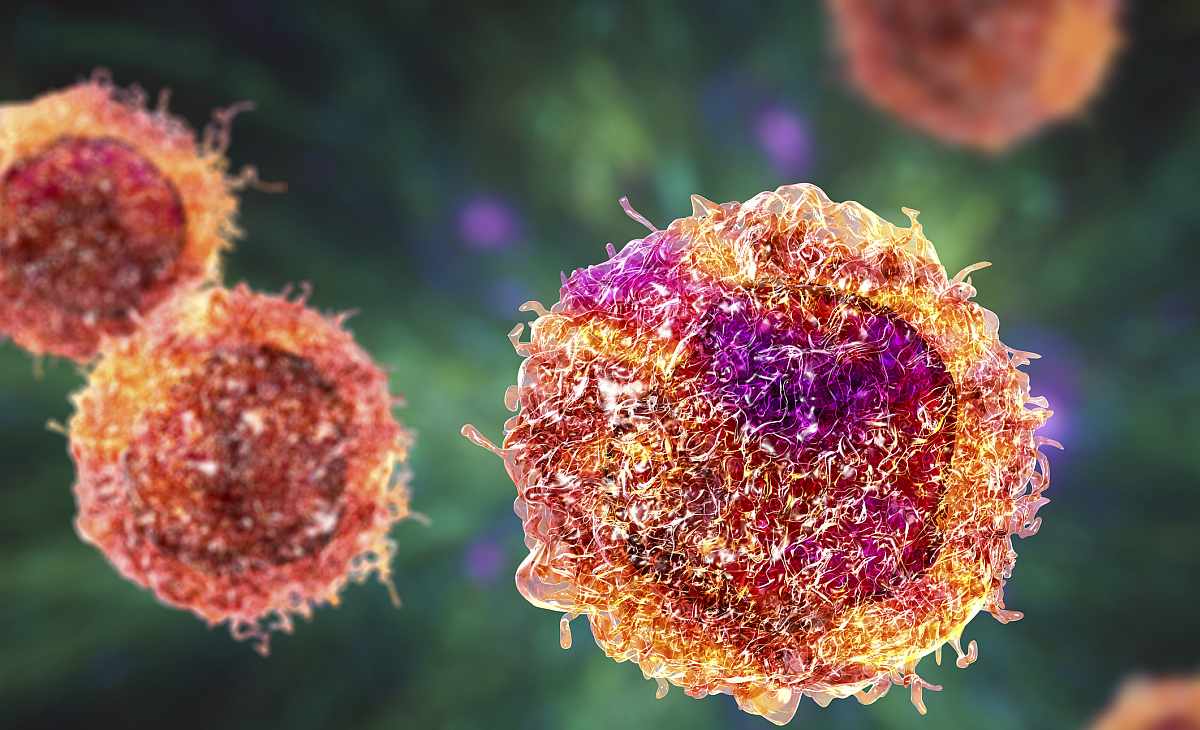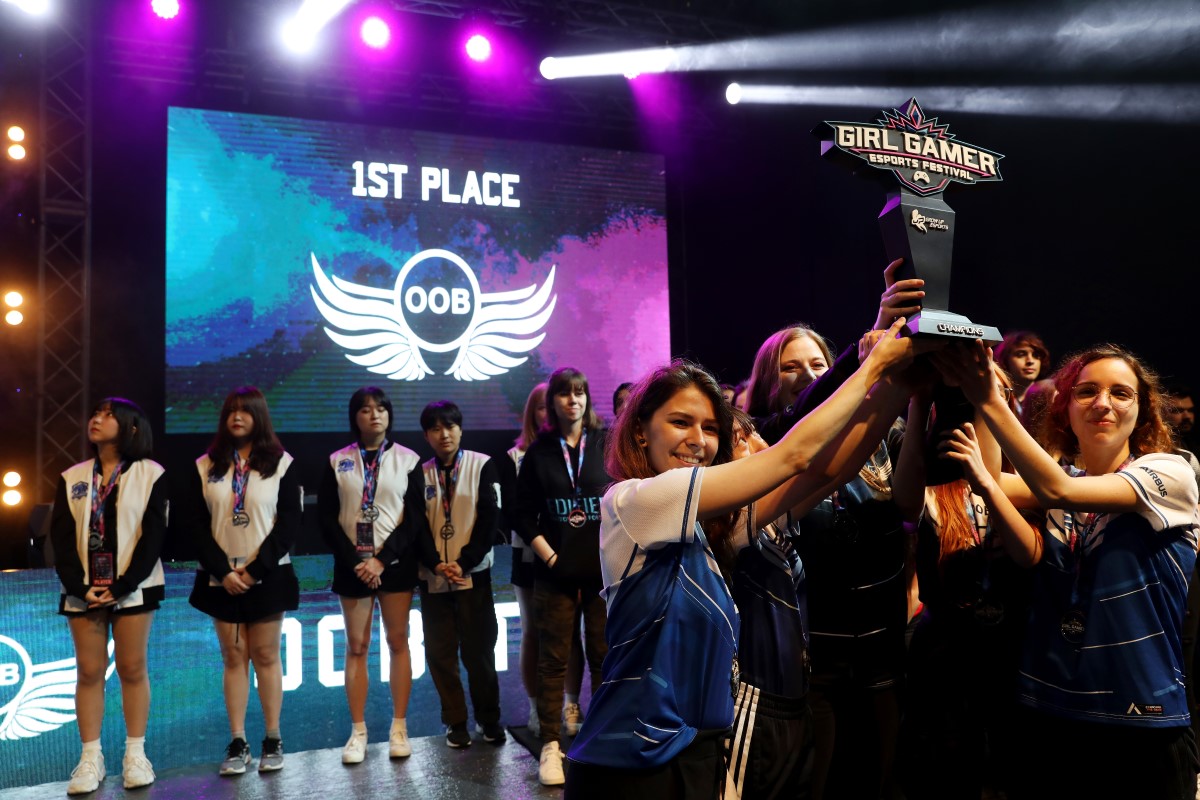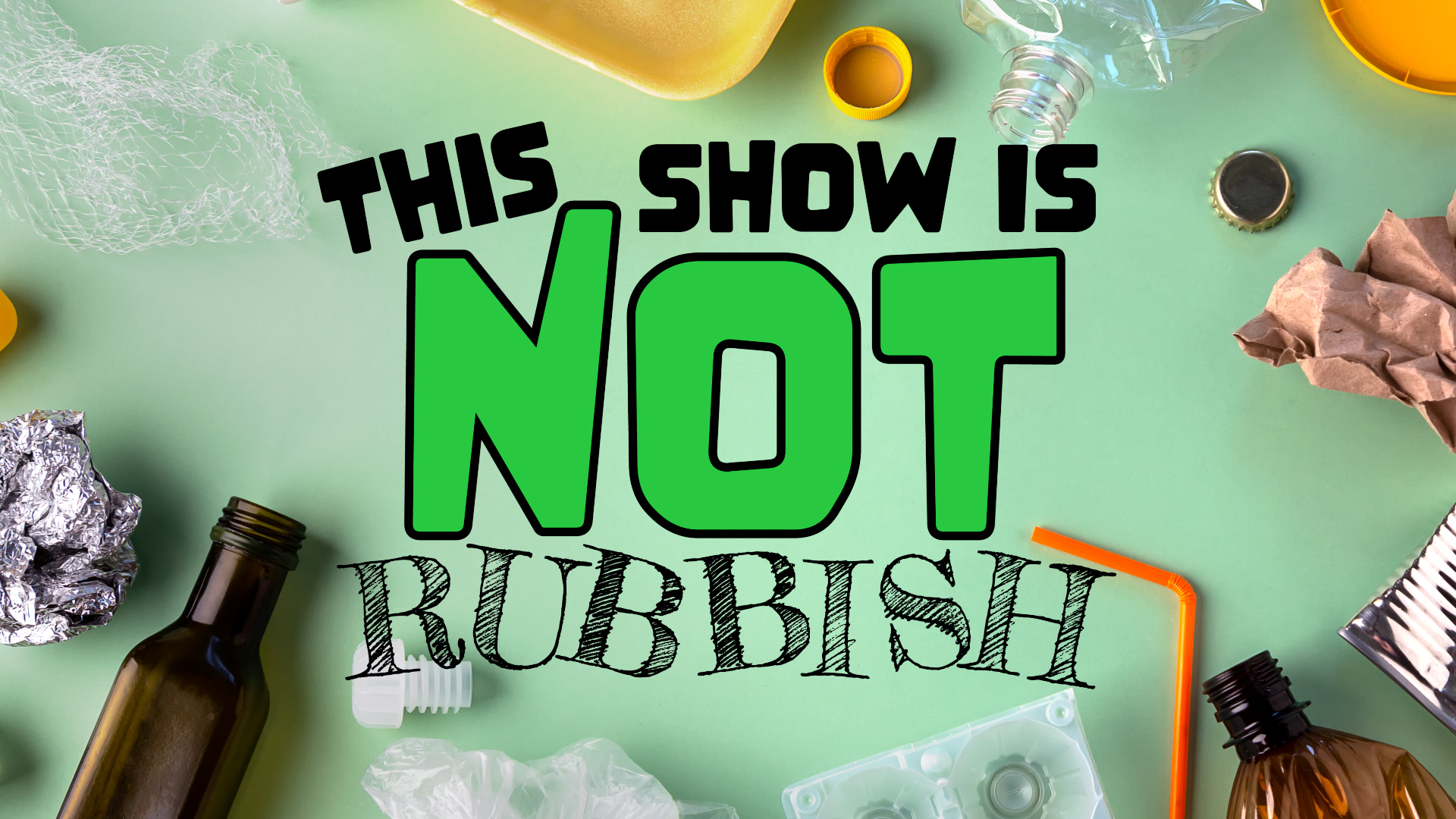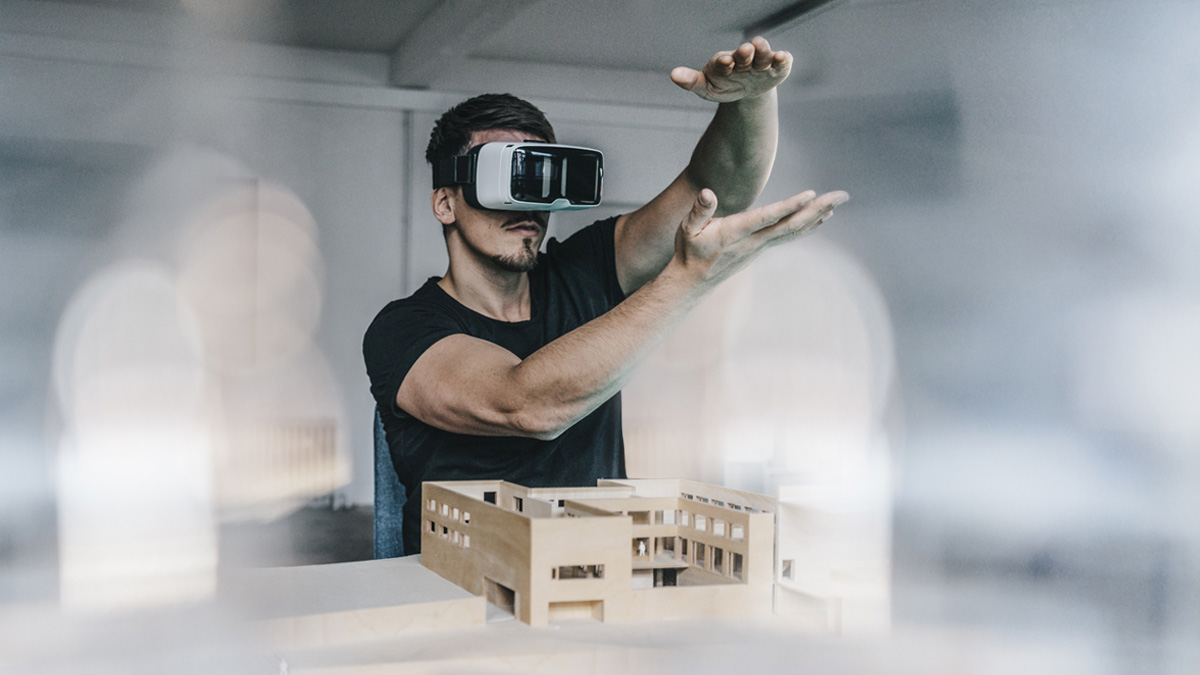To honour Australia’s history, from 18 to 26 January, Education – RiAus will be exclusively publishing content by and about First Nations Australians. These resources will look back at our favourite pieces from 2020 and also provide new content and resources for you to use with your STEM students.
We honour and value the scientific knowledge and contributions of First Australians as the First Scientists, the First Astronomers and the First STEM Educators for over 60,000 years. From their insight into the stars and weather patterns to their management of bushfires, we still benefit from their practices today and need to ensure that all of our students are aware of this.
As you prepare for the 2021 school year and look to effectively acknowledge Australia’s rich history, we have collated a selection of our favourite resources. These all celebrate and recognise Indigenous Science and Scientists now and throughout history. From teaching Indigenous perspectives meaningfully to career profiles of an Indigenous astronomer, we are sure you’ll find something to kick off 2021.
Share your favourite resources with us on social @edu.riaus on Facebook and Instagram and @edu_riaus on Twitter and keep an eye out for more in 2021.
School of fish: how we involved Indigenous students in our investigation of a 65,000-year-old site
A recent program for school kids in Kakadu and West Arnhem Land, incorporating traditional knowledge and Western science, is a model for teaching Indigenous children on Country.
This inspiring article is best suited to Biology students in Years 6-10 who are learning about Australian ecosystems and to Science educators who are looking for ways to incorporate Indigenous science into the curriculum.
Learning the Star Knowledge of First Australians
Aboriginal and Torres Strait Islander people use their understanding of the night sky to navigate, inform cultural practices and much more.
This interesting resource explains the importance of Aboriginal star knowledge through three Aboriginal star stories. It is suitable for Year R, 1, 2, 3, 5, 7 Earth and Space students learning about Aboriginal astronomy, stars, seasons and the Earth’s rotation. Each star story can be told separately or together.
Teaching Indigenous perspectives meaningfully
‘I spoke about Dreamtime, I ticked a box’: teachers say they lack the confidence to teach Indigenous perspectives.
This article looks at how teachers can and must integrate Indigenous perspectives into the curriculum. There are tips on ways to do this without being tokenistic and to remain genuine.
Kirsten is the astrophysicist of the future
Kirsten Banks is a rising star of astrophysics, getting people excited about the universe and the importance of combining contemporary and Indigenous knowledge in STEM.
Learn about her path to becoming an astrophysicist and why she thinks continuous learning is so important in this career profile for secondary students.
Find more career profiles here.
The twin values of an indigenous seed bank
Providing food security and preserving culture using indigenous knowledge.
This interesting resource is suited to students in years 6, 7, 9 and 10 studying Biological science. The questions are designed to promote thinking about the importance of stable ecosystems as well as using Indigenous science to protect and preserve biodiversity. This resource could also be used with senior secondary students to discuss genetics and food security.
